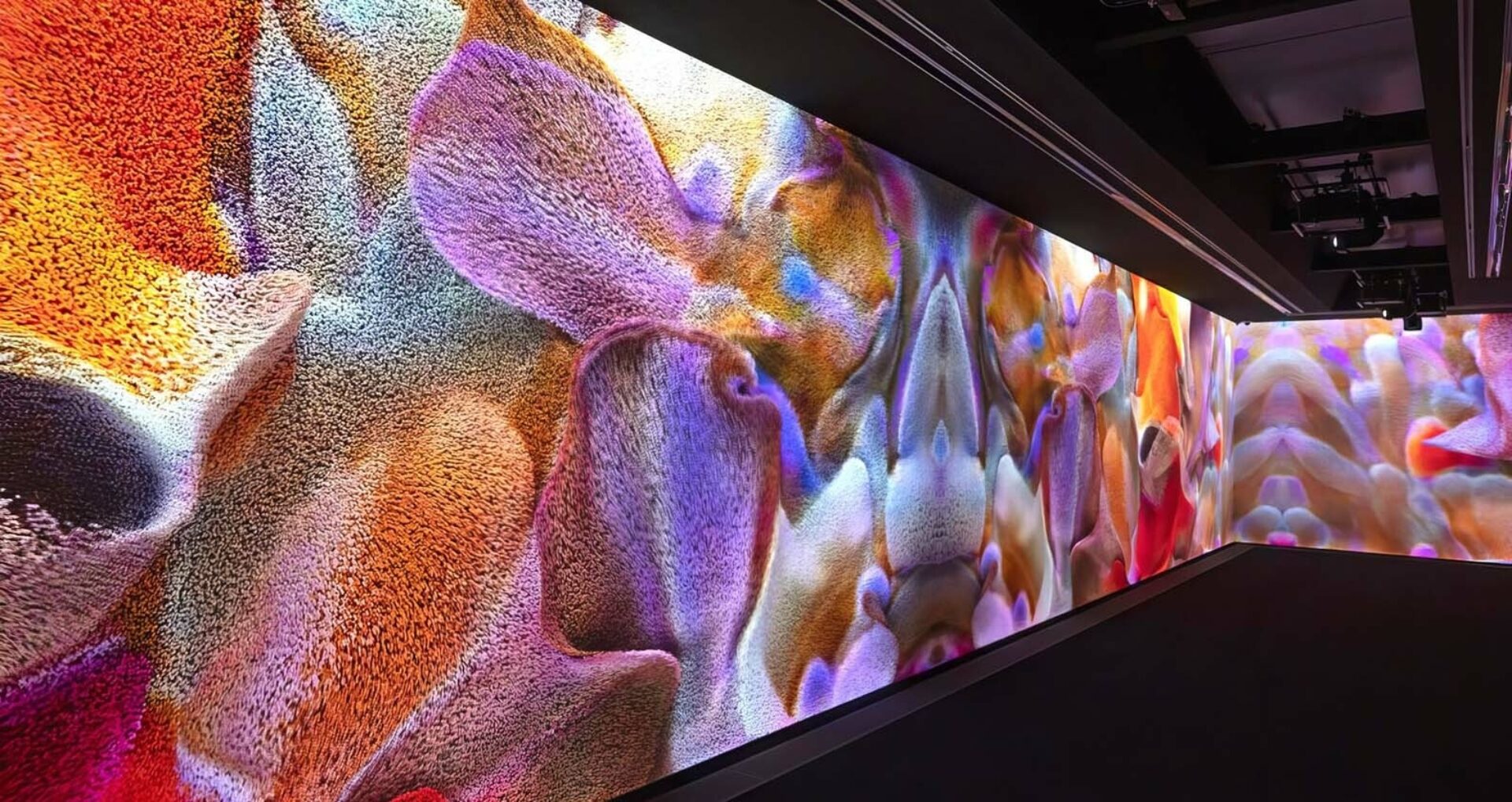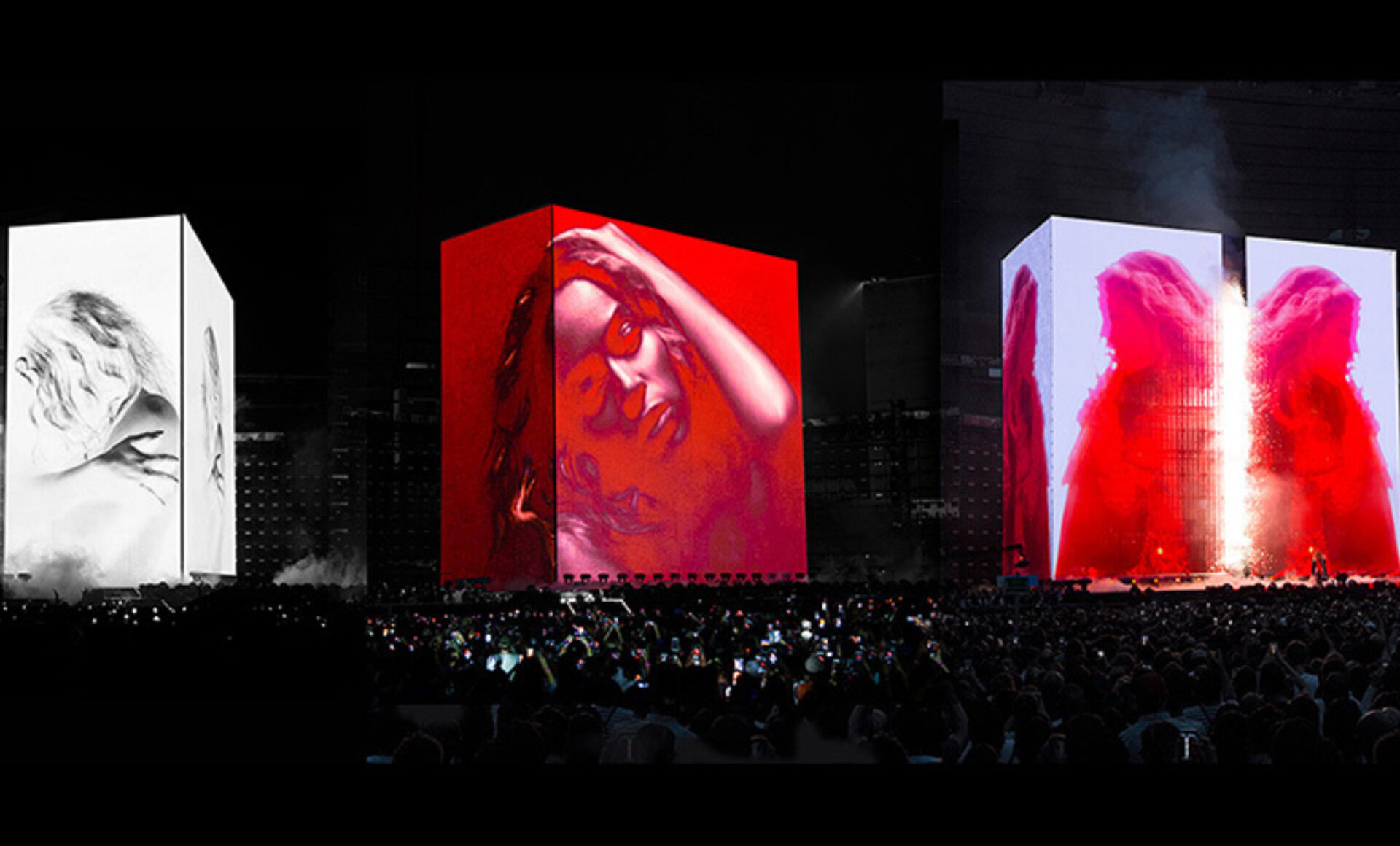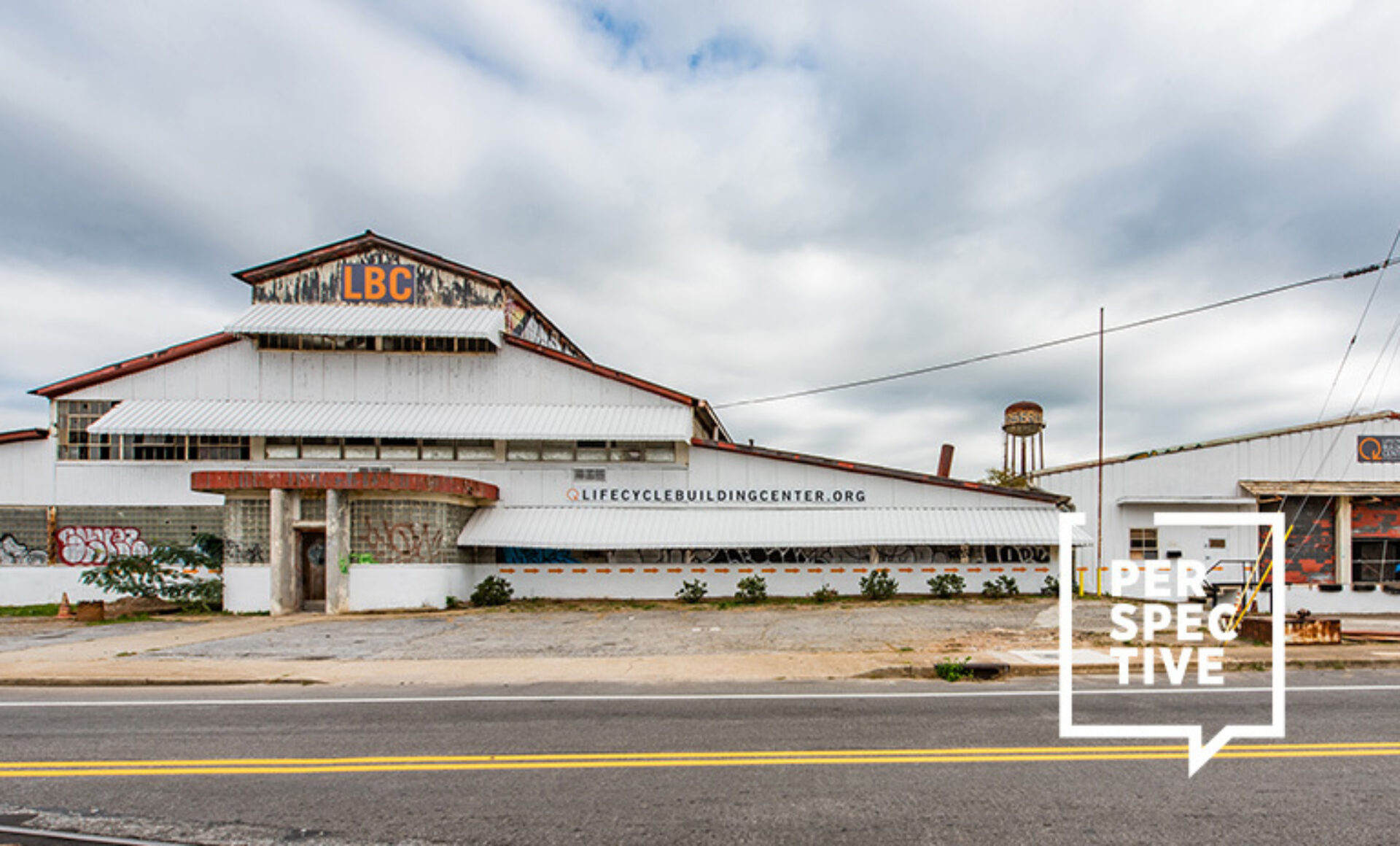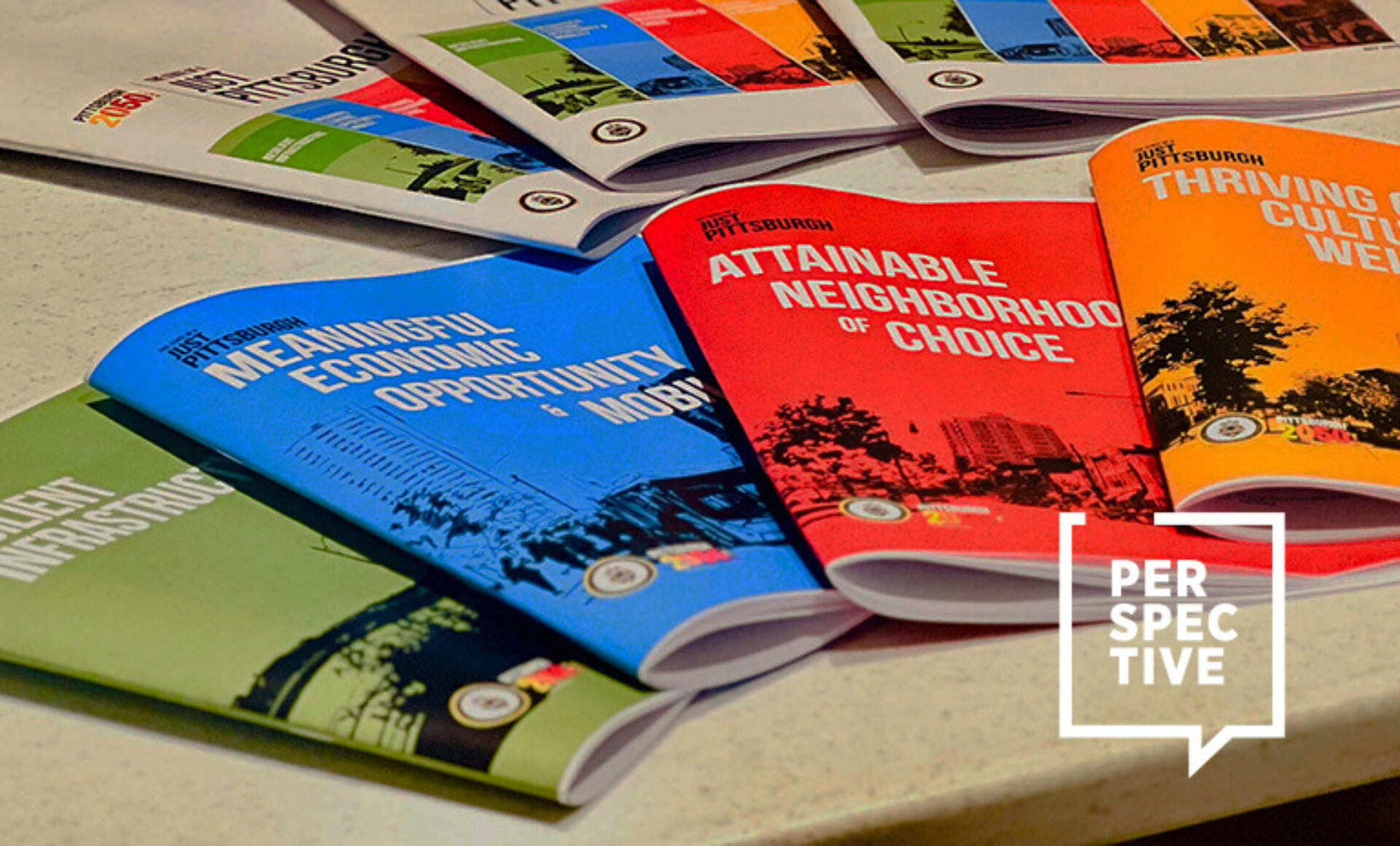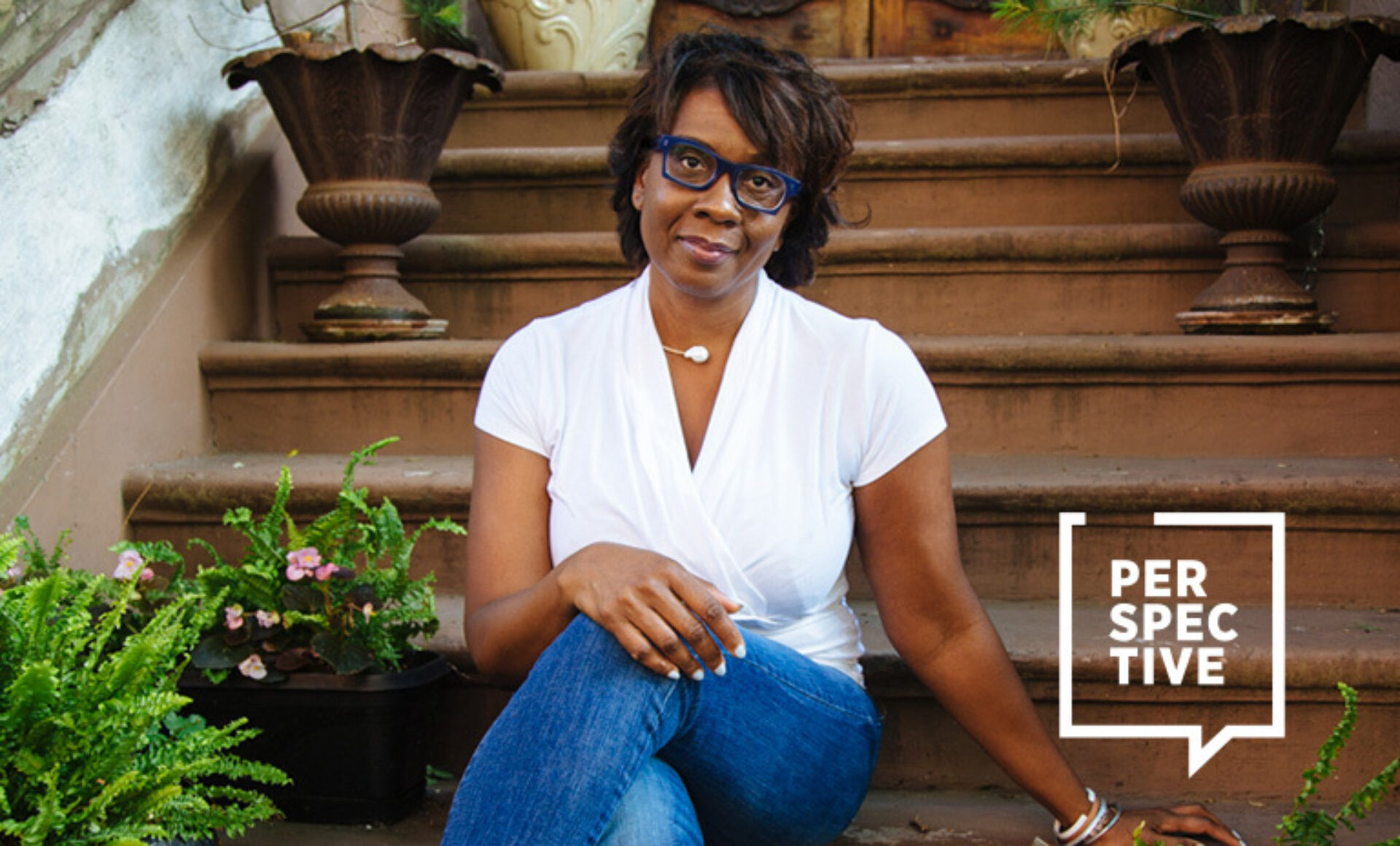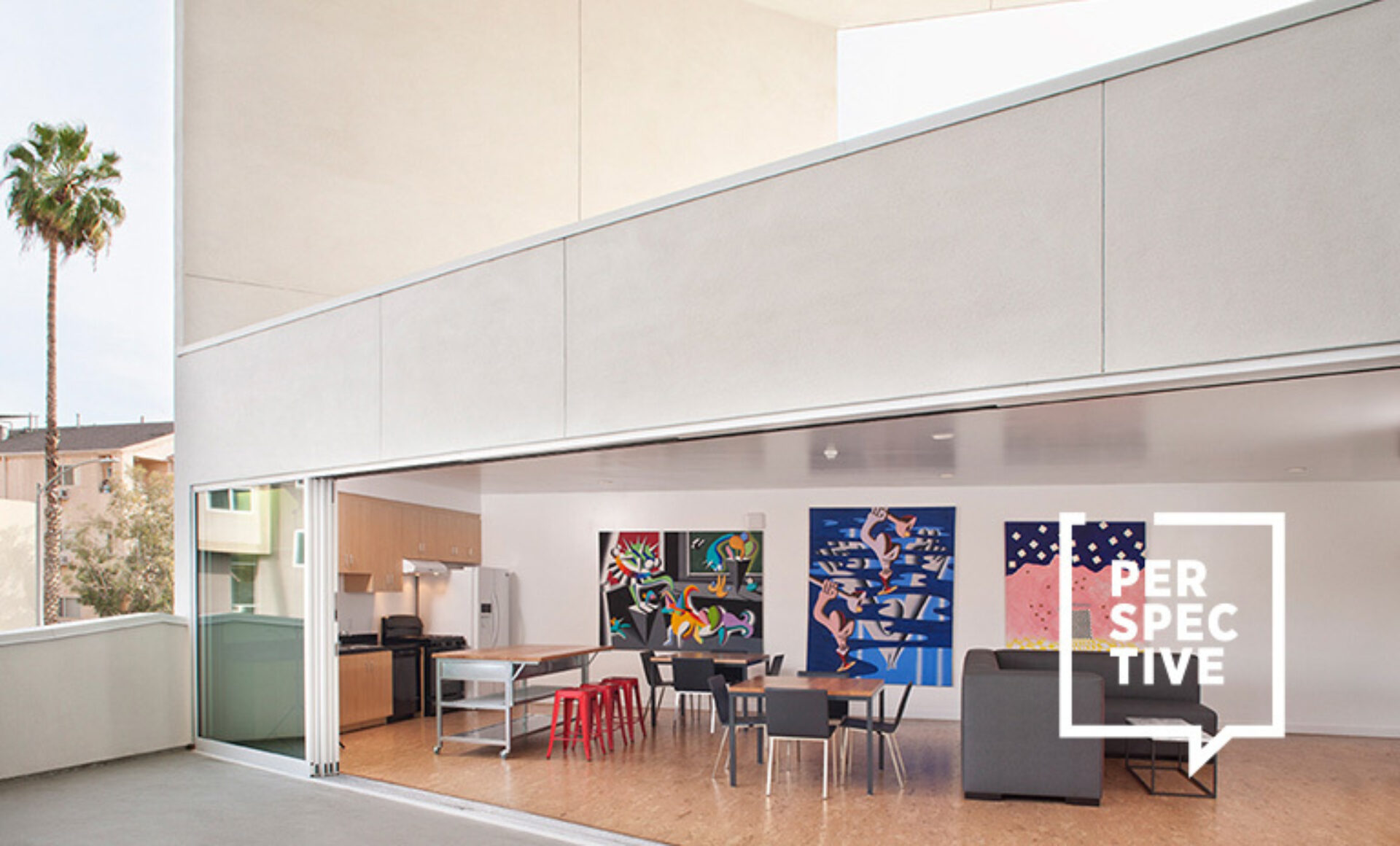(Above image: Living Archive: Large Nature Model. Photo credit: Refik Anadol)
AI is here to stay, and designers are developing fresh ways to incorporate technological advances into the design process and fashion spaces that enhance—or seemingly defy—the landscape of the normal world. Using AI opens the door for designers to experiment freely and speed up certain elements of the design process, such as creating floor plans and renderings. From architects to designers to visual artists, professionals are harnessing AI to shape the built environment and create art. Take a look at how five designers and artists are leveraging AI to enhance their craft.
Anna Cwik
Anna Cwik, an interior designer and visual artist based in Berlin, is using AI technology to create whimsical, vibrant worlds. She used Midjourney, a generative AI program, to create her “Mushroom 3 House,” an imagined dwelling that grows like a fungus. This AI-generated image is part of her “Anthropomorphism(s)” project, which Cwik described on Instagram as an “experimental investigation” that “depicts hybrid characters alongside speculative devices, spaces, and atmospheres. Each actor...human or non-human, originates from the same curated algorithmic process.” Cwik’s other AI-generated work includes fantastical, richly colored spaces, such as a scene with dreamy pink architecture. While she uses AI to create imaginary spaces, her inspirations are very much based in the concrete world. Childhood memories of being at church on Sundays and thinking about space and rituals led her to pursue a design career.

Anna Cwik

Anna Cwik
Manas Bhatia
Indian architectural designer Manas Bhatia developed a project, “Symbiotic Architecture,” based on the idea of architecture that mimics nature. He wondered what it would look like if humans created houses that were integrated with the natural environment, similar to how insects use soil to build dwellings. He used the AI tool Midjourney to answer questions like, “Can structures grow?” and “Can the envelope in which we live breathe as creatures do?” Bhatia entered textual prompts into Midjourney using words like “hollowed”, “tree”, “plants”, “giant,” and “façade”, iterating repeatedly until he reached a remarkable result: a residential building formed from Hyperion, the world’s tallest tree. The designer continues to use AI to translate words and concepts into dramatic images—his new project, "Bamboo House", imagines bamboo as the basis for eco-friendly, contemporary architecture.

Manas Bhatia

Manas Bhatia
Edoardo Benaglia
Italy-based graphic designer Edoardo Benaglia, co-founder of ATIO Studio, applies AI to develop typographic work. Using DALL-E, a tool developed by OpenAI to generate original and realistic images based on text prompts, Benaglia fed the AI specific instructions to create letters that blend the striking styles of various typographic designers. What resulted was a unique, bubble-like typographic alphabet. The black and white letters resemble balloons or inflatables with their smooth, pillowy appearance. Intrigued by the social role of designers and drawn to visual experimentation, Benaglia uses AI to further his design mission, exploring contemporary culture through typography and modular graphic structures.

Edoardo Benaglia

Edoardo Benaglia
Panorámica Cooperative
Panorámica Cooperative, a group of Mexican designers, have created an AI machine that allows anyone to think like a Mexican designer. During Mexico City art week this February, Panorámica showcased their AI machine, which produced furniture pieces based on Mexican design styles, at an exhibition titled “Anybody Can Be a Mexican Designer” (a subhead read, “even if you are not a designer nor Mexican”). The machine required users to insert 10 pesos (about 59 cents), then they were led through a series of prompts that included things like Mexican history, typology, and various degrees of color and adornment. Of the project, Panorámica Cooperative said, “The machine challenges the traditional notion that design is a purely human domain, opening a dialogue about the role of technology in the evolution of design. It confronts us with the possibility that authenticity in design does not lie in mere adherence to aesthetics, references, and recognizable styles, but in the constant search for genuine and meaningful expressions.”

Courtesy of dezeen.com

Courtesy of dezeen.com
Refik Anadol
Well known for his 2022 MoMa exhibit titled “Unsupervised”, a massive LED wall displaying AI interpretations of the museum’s collection, Turkish designer and artist Refik Anadol is fascinated by what it means to be human in the age of AI. Earlier this year, Anadol had his first major institutional solo exhibit in the UK, “Echoes of the Earth: Living Archive," which married AI with images of nature to produce stunning images of coral reefs and rainforests. Part of his exhibit included the “Living Archive: Large Nature Model," an installation that included AI-generated images of fungi, flora, and fauna from more than 16 rainforests across the globe. Another work in the exhibit, “Artificial Realities: Coral," enveloped viewers in digitally crafted ocean scenes created by feeding AI more than 100 million images of coral.

Refik Anadol

Refik Anadol
